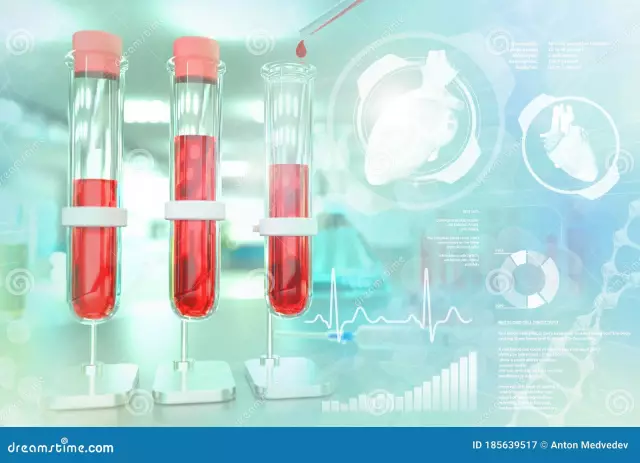- Author Curtis Blomfield [email protected].
- Public 2023-12-16 20:44.
- Last modified 2025-01-23 17:01.
Many patients are interested in the question - what is the biochemistry of blood, as well as residual nitrogen, decoding of blood tests. Biochemical analyzes are widely used in diagnostics, they help to identify serious diseases such as diabetes, cancerous growths, various anemias, and take timely measures in treatment. Residual nitrogen is present in urea, creatinine, amino acids, indican. Its level can also indicate any pathological changes in the human body.
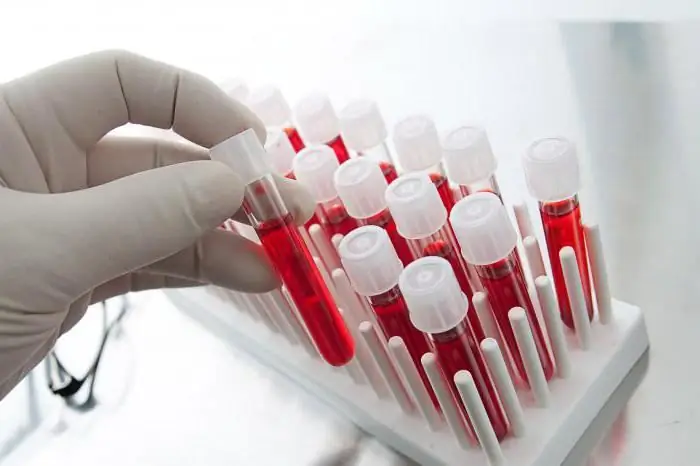
Blood chemistry
An indicative analysis of the biochemical composition of blood allows with a high degree of probability to determine various changes in tissues and organs at an early stage. Preparation for biochemistry is carried out in the same way as with a regular blood test. For research, blood is taken from the cubital vein. Important criteria are as follows:
• Availabilityprotein;
• nitrogenous fractions - residual nitrogen, creatinine, urea content, inorganic compounds;
• bilirubin content;• fat metabolism.
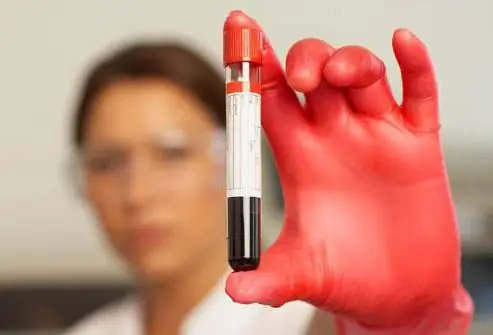
Residual blood nitrogen - what is it?
In carrying out biochemical blood tests, the total indicators of the content of blood substances, which include nitrogen, are evaluated only after all the proteins have already been extracted. The sum of the data is called the residual blood nitrogen. This indicator is recorded only after the proteins are removed, for the reason that they have the most nitrogen in the human body. Thus, the residual nitrogen of urea, amino acids, creatinine, indican, uric acid, ammonia is determined. Nitrogen may also be contained in other substances of non-protein origin: peptides, bilirubin, and other compounds. Residual nitrogen analysis data give an idea of the patient's he alth, indicate chronic diseases, most often associated with problems in the excretory and filtering functions of the kidneys. Normally, residual nitrogen is from 14.3 to 28.5 mmol / liter. The increase in this indicator occurs against the background of:
• polycystic;
• chronic kidney disease;
• hydronephrosis;
• ureteral stones;• tuberculous kidney disease.
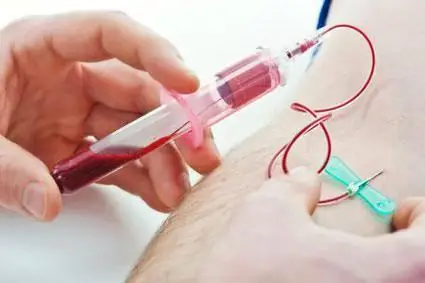
Diagnosis
Since the test for residual nitrogen is included in the biochemical analysis, preparation is carried out according to the same principles as before passing on other components of this diagnostic. For better results, you needfollow a number of rules when donating blood for biochemistry:
• If you have to take a second analysis, it is better to do it in the same laboratory as the first time. Since all laboratories have different diagnostic samples, they differ in the systems for evaluating the result.
• The blood sample is taken from the cubital vein, possibly from a finger if the vein is not accessible or damaged.
• Conduct analysis is necessary on an empty stomach, no less than 9-12 hours after the last meal. You can drink water, but without gas.
• The ideal time for blood sampling is considered to be 7-10 am.
• Three days before the analysis, it is better to maintain your usual diet, you need to remove only fatty, fried.
• Sports activities should be excluded for three days, especially if they are associated with overloads of the body.
• If you have to take an analysis for residual blood nitrogen, biochemistry requires you to stop taking medications. This point must be discussed with the attending physician.
• Stress and anxiety may affect the results, therefore, at least half an hour before the test, you need to sit in a calm atmosphere. If the preparation for biochemistry went well, then the test results will be more reliable. Only medical specialists should deal with decoding. The figures often fluctuate relative to the standard, so they can be misinterpreted on their own.
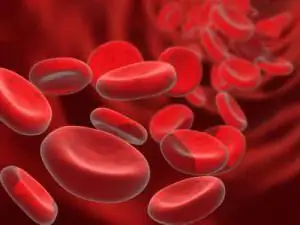
Norm of residual nitrogen in the blood
Normal readings in the blood of residual nitrogen fit into the numbers from 14.3 to 26.8 mmol/L. Its useful to note,that the rise of the indicator even to 30-36 mmol / l is not immediately interpreted as a manifestation of pathology. Residual nitrogen, the norm of which is much less, can rise when eating nitrogen-containing foods, when eating dry food, and when there is a deficiency of emergency substances. A jump in the indicator can also occur before childbirth, after enhanced sports training, and for a number of other reasons. That is why it is necessary to carefully prepare for the delivery of samples for blood biochemistry. If the tests dramatically overestimate or underestimate the norm and at the same time there was proper preparation before blood sampling, this may indicate a number of diseases in the body.
Residual nitrogen fraction includes:
• urea nitrogen (46-60%);
• creatine (2.5-2.7%);
• amino acid nitrogen (25%); • uric acid (4%);
• creatinine (2.6-7.5%);
• other protein metabolism products.
Residual nitrogen is the difference between residual nitrogen and urea nitrogen. Here the free fraction is represented by free amino acids.

Pathologies
Residual nitrogen pathologies include:
- hyperasotemia - when the level of residual nitrogen in the blood is too high;
- hypoazotemia - residual nitrogen in the blood is underestimated.
Hypoazotemia is most commonly seen with poor nutrition or rarely during pregnancy.
Hyperasotemia is divided into retention and production.
When retention hyperazotemia occurs, violations of the excretory function of the kidneys are diagnosed in this case, renalfailure. Most often, the causes of the development of retention hyperazotemia are the following diseases:
• glomerulonephritis;
• pyelonephritis;
• hydronephrosis or kidney tuberculosis;
• polycystic;
• nephropathy during pregnancy;
• arterial hypertension in the development of kidney disease;• the presence of biological or mechanical obstacles to the outflow of urine (stones, sand, malignant or benign formations in the kidneys, urinary tract).
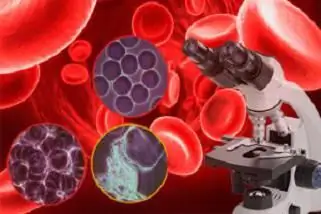
Production hyperazotemia
Increased residual blood nitrogen may indicate production hyperazotemia, when the pathological condition is accompanied by endogenous intoxication syndrome. It is also observed with prolonged stress in the postoperative period. There is a production hyperazotemia in infectious diseases that occur with fever, when there is a progressive breakdown of tissues, these include diseases: diphtheria, typhus, scarlet fever, lobar pneumonia. Productive hyperazotemia is characterized by an increase in residual nitrogen from the first day of illness until the last manifestation of fever.
Relative can be observed with increased sweating, thickening of the blood, as well as profuse diarrhea, when the water balance in the body is disturbed.
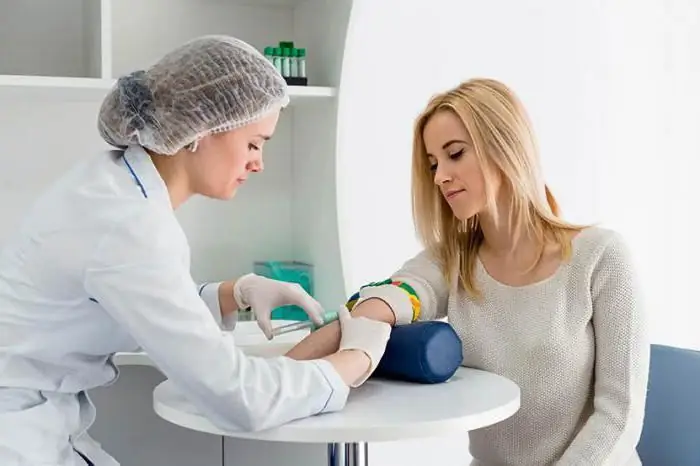
Mixed type of hyperazotemia
There are cases when residual nitrogen is elevated and mixed hyperazotemia is determined. It often occurs in case of poisoning with toxic substances.substances: dichloroethane, mercury s alts, other hazardous compounds. The cause may be injuries associated with prolonged tissue compression. In such cases, necrosis of renal tissues may occur, while retention hyperazotemia begins along with production. At the highest stage of hyperazotemia, residual nitrogen in some cases exceeds the norm by twenty times. Such indicators are recorded in extremely severe cases of kidney damage.
Indicators of residual nitrogen are overestimated not only with kidney damage. In Addison's disease (adrenal dysfunction), the norms are also exceeded. This also happens with heart failure, with burns of high severity, with dehydration, with severe infections of a bacterial nature, with severe stress and with gastric bleeding.
Cure
It is possible to eliminate the manifestations of high residual nitrogen by detecting the cause of this condition in time. For further treatment, the doctor must prescribe a number of additional studies, based on the results of which he will make a conclusion, establish the correct diagnosis and prescribe the necessary medication or other treatment. In order to detect the disease in time and cure it, it is necessary to undergo examinations in a timely manner and pass all tests. If any pathology is found, the correct treatment will prevent complications from developing, the disease from turning into an exacerbation and a chronic form.

